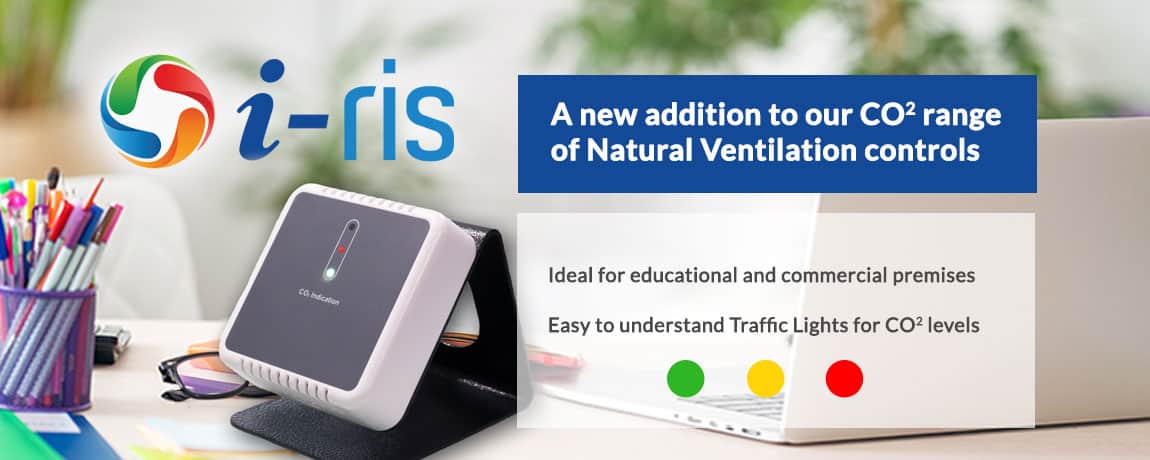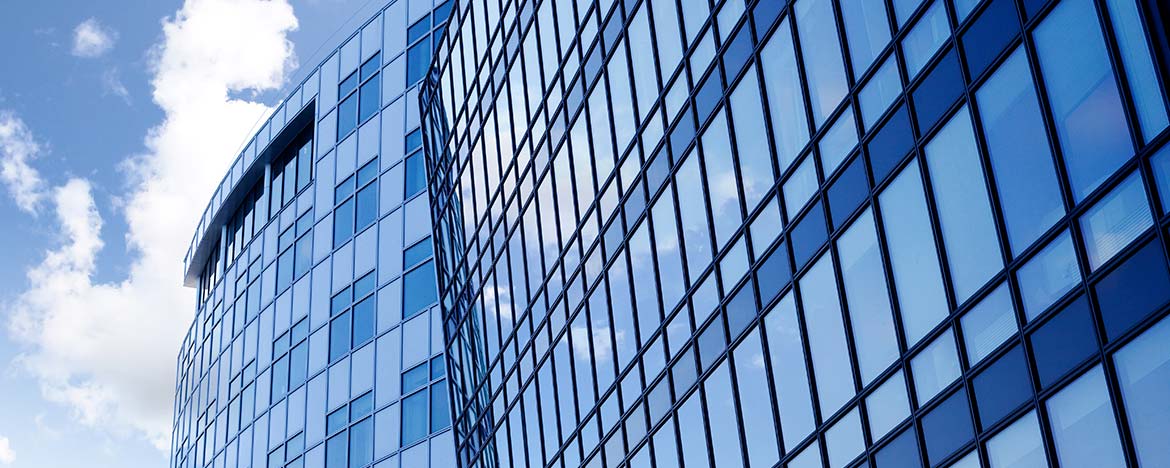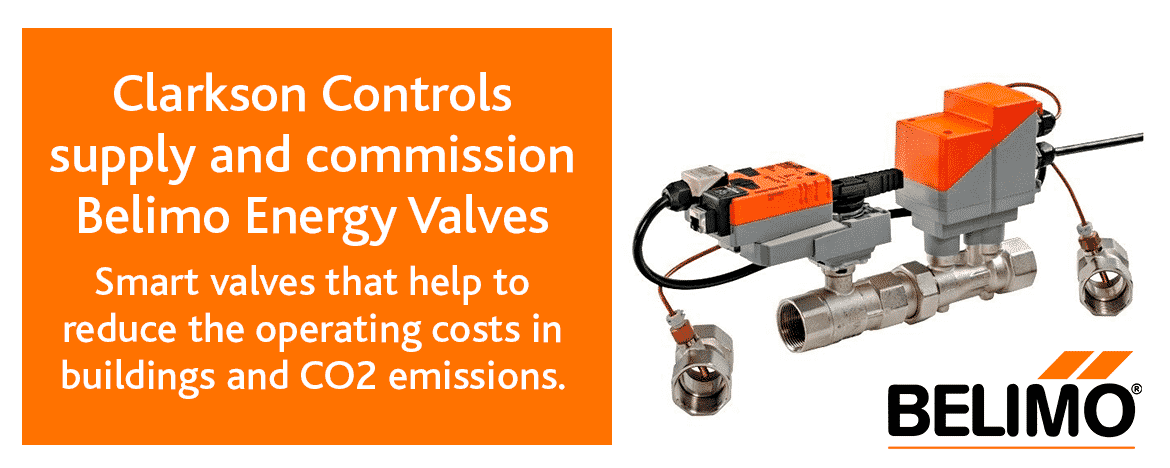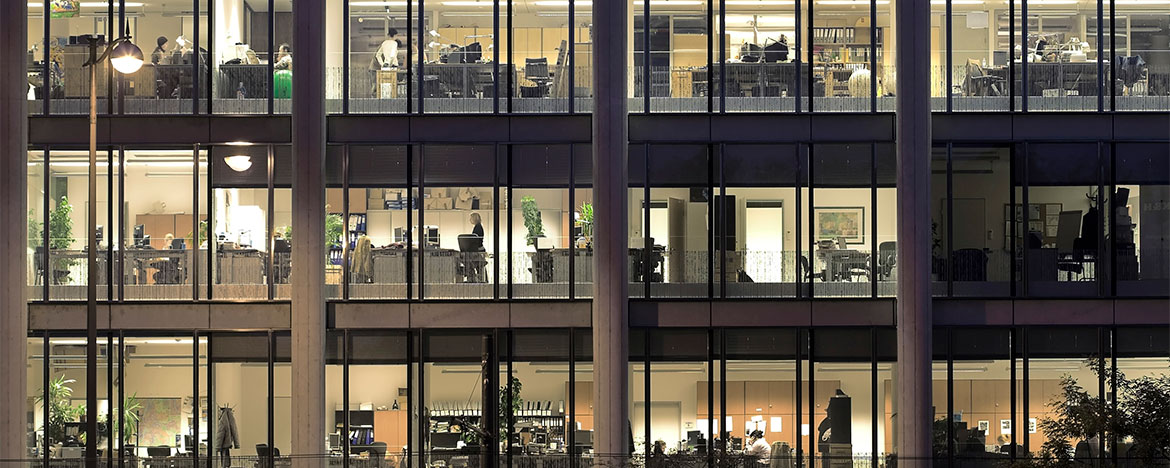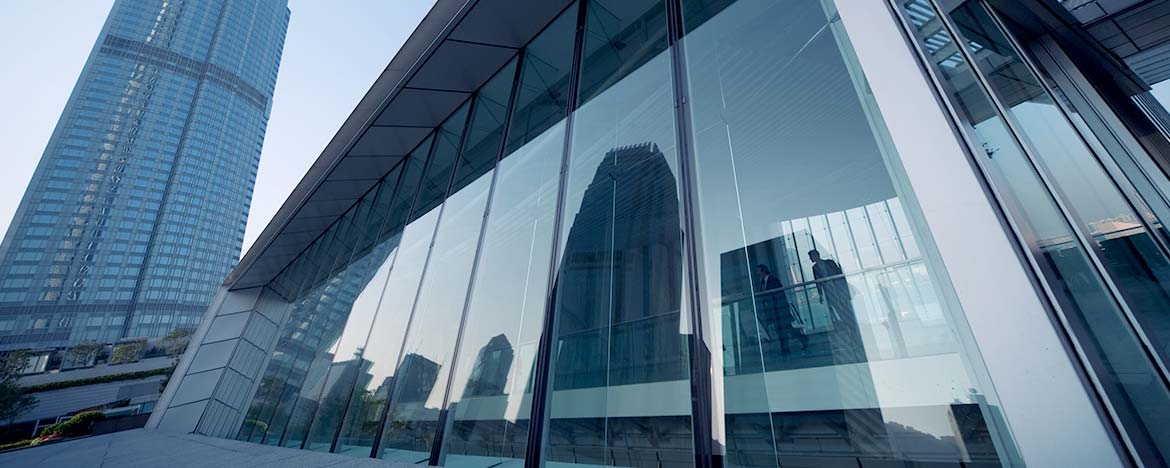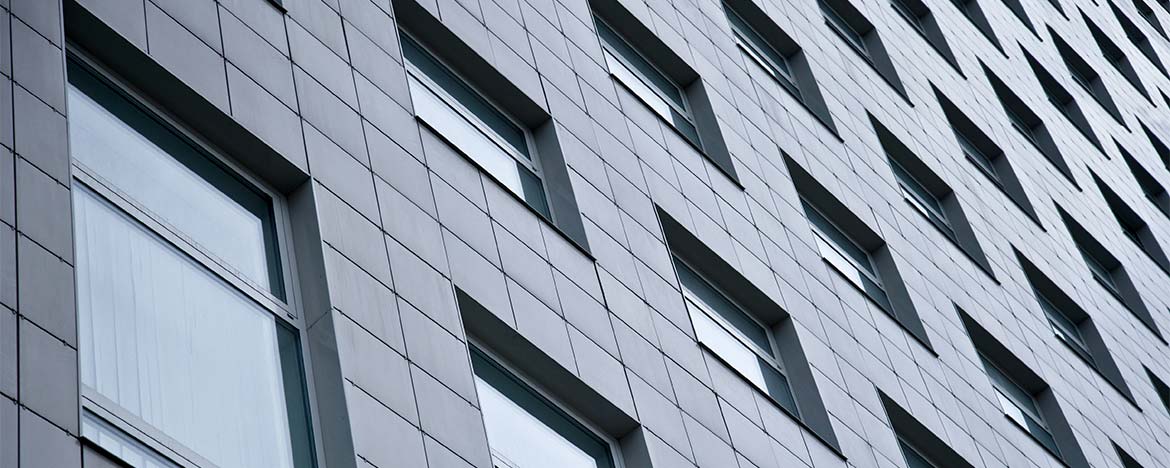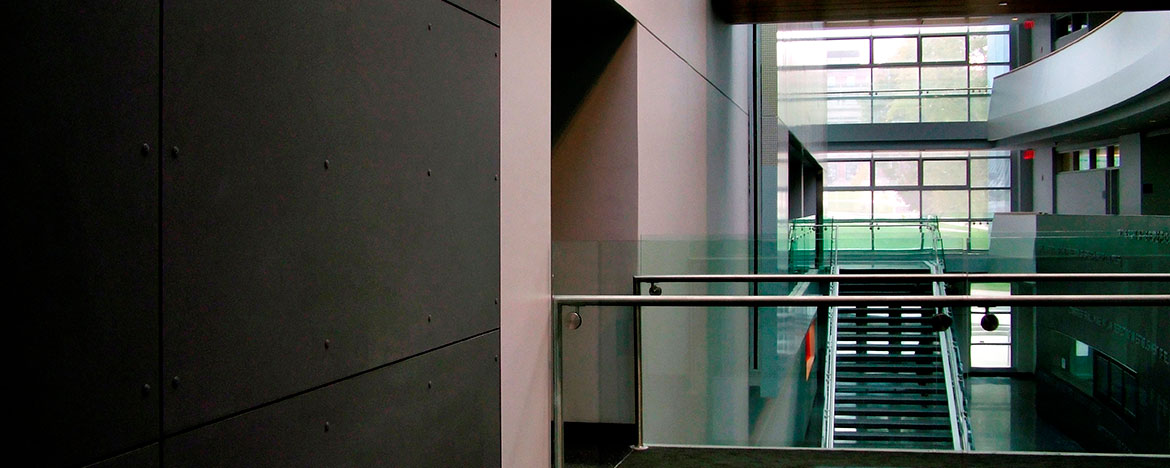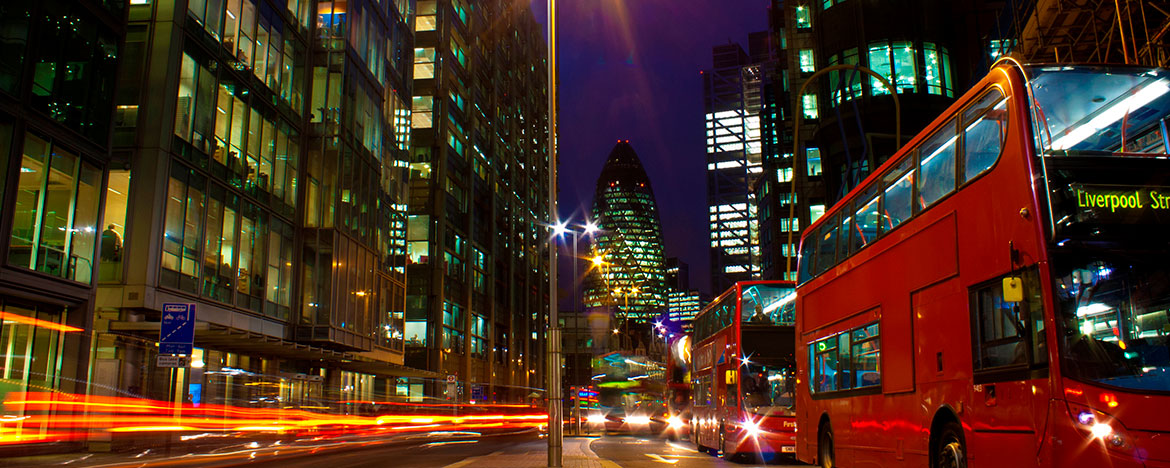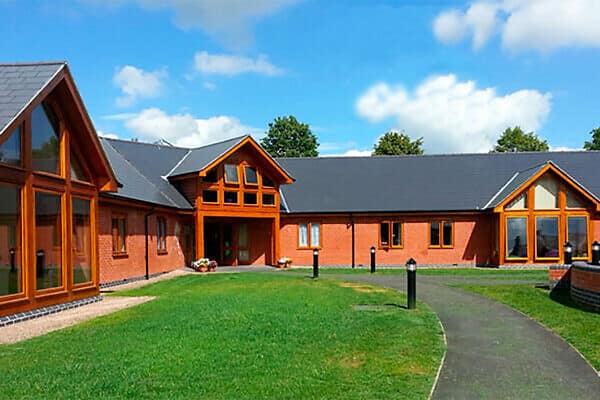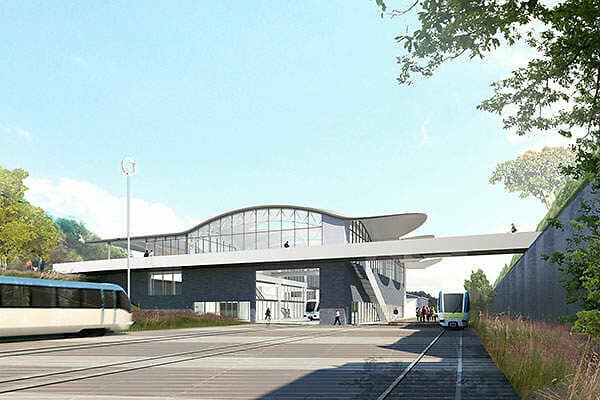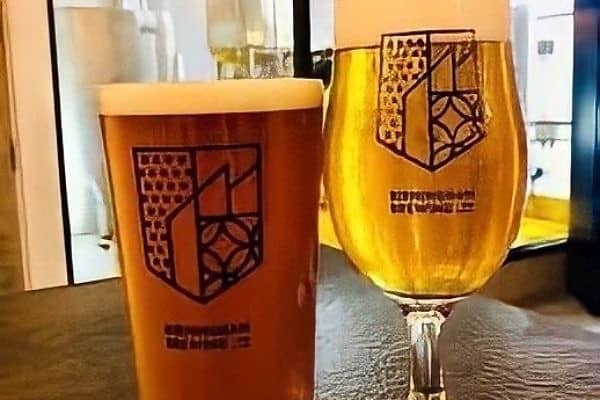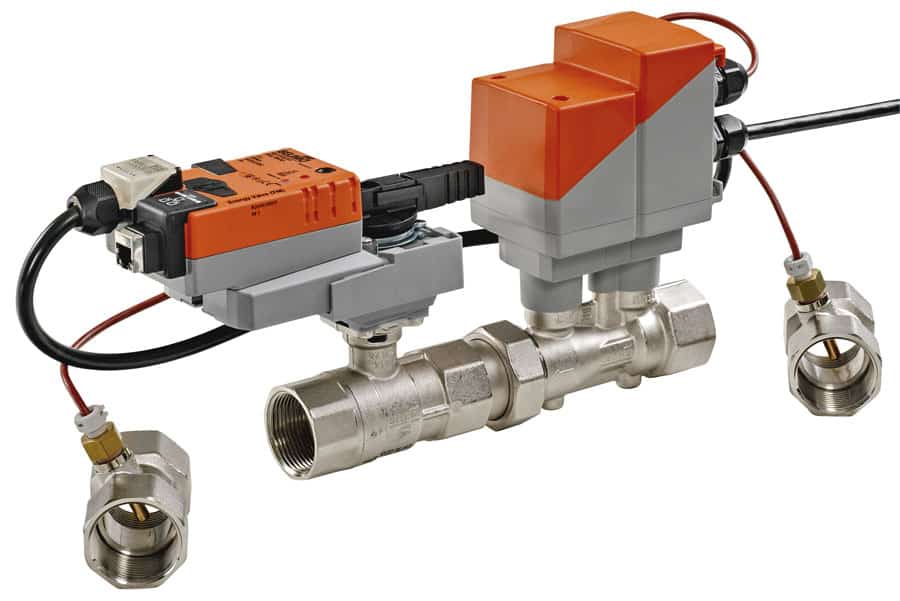
 Control first…Meter later. It costs an enormous amount of capital to construct a building, part of which is to provide comfortable conditions and be energy efficient. In every large building, be it school, hospital, college, retail or office block building, control systems play a large part of wellbeing and being sustainable, it is important that value engineering is minimised around the control of the building (remember 20-80 -20?) and with metering now becoming part of the controls package which further reduces the control content, with limited resources and current financial constraints, it makes sense to ‘control’ first and ‘meter’ later.
Control first…Meter later. It costs an enormous amount of capital to construct a building, part of which is to provide comfortable conditions and be energy efficient. In every large building, be it school, hospital, college, retail or office block building, control systems play a large part of wellbeing and being sustainable, it is important that value engineering is minimised around the control of the building (remember 20-80 -20?) and with metering now becoming part of the controls package which further reduces the control content, with limited resources and current financial constraints, it makes sense to ‘control’ first and ‘meter’ later.
Why spend capital money and effort installing and monitoring energy meters in your building but cut back on the control system—the part which provides the energy savings and comfort conditions. At the end of the day a meter is not `Smart` it only tells you in retrospect how much energy is used.
With a little bit of ingenuity, a lot can be found out from the building’s BMS sensors without the need and cost of installing meters. As you get to know your building and you know what it is used for, when it is occupied, what times it needs to be warm, what times it needs to be cool, when to heat it and when not to heat it, an efficient Building Management Control System will allow you to take ‘control’ of your building’s energy usage reducing your building’s operating costs. It makes more sense to install more control sensors and control valves that will improve your energy usage. Once you have a good control system in place you can then consider additional ways to make savings and decide whether a meter or additional Zone valves will achieve savings. We know the answer!
You can save energy with a well-planned and efficient control routine; it is surprising how many problems can be identified and remedied easily without the additional need to install expensive monitoring and metering equipment. It is possible with the use of a simple control strategy and control algorithms to identify if a cooling unit or heating system is operating unnecessarily out of hours, wasting energy and money. For example, a time controlled LPHW heating system can be monitored and alarmed such that if the boiler temperature is still hot sometime after it should be off, it can be investigated, (usual cause being the boiler being left in manual mode). With Building Controls, a little software writing and with existing sensors, the problem can be quickly identified, and an alarm can be raised, and investigated to discover the cause. This can then be rectified quickly. However, if you are relying on just meter data, you won’t identify the problem immediately, the meter will just confirm the problem exists over time, wasting time and energy.
To aid client comfort, measures can be taken to make space temperatures more acceptable. In the summer air conditioning equipment continues to cool down to a fixed low temperature irrespective of the outside temperature. How many times have you been in a restaurant, department store or on the train in the summertime and found it uncomfortably cold? Leaving you shivering and deciding to reach for your coat or leave quickly without a purchase? Why not let the room set point rise in warmer weather, where is the summer / winter shift control? This not only provides client comfort but saves energy and increases sales in the case of retail premises.
We have recently seen in the market place the Energy Valve, which is basically the equivalent of a heat meter, flow meter, PIC control valve in one package. With this you can monitor and control (in the cloud or otherwise) the delta T of the circuit, room conditions and adjust the flow rates via the smart algorithms in the BMS, resulting in less water flow and subsequent savings in pump running costs. All this being concurrent and not after the energy is used, a truly smart solution. The best of all worlds!
In summary, to provide comfortable working conditions and an acceptable wellbeing environment in our buildings, the most economical way – is control first – meter later!

